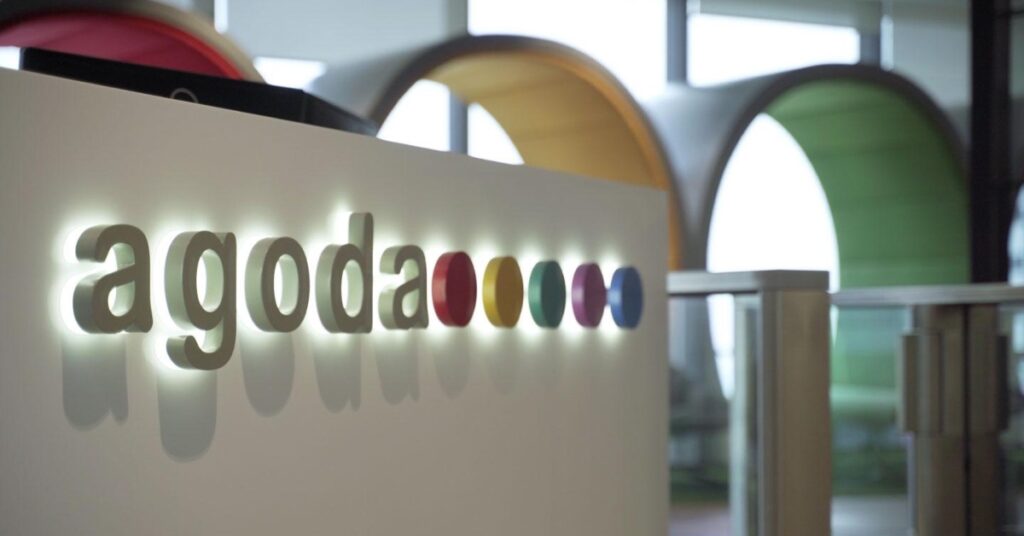In a recent article by The Straits Times, the crude Lorem Ipsum was found within a passage of the write-up in honour of the writer, Mr Muhammad Ariff Ahmad.
Lorem Ipsum is a latin text commonly used in publishing or graphic design industries as filler text temporarily placed before proper content is inserted. This mistake (it better be!) has since been spotted by popular online blogger, mrbrown, who then uploaded the article onto his Facebook page. It has since garnered quite a number of comments.
Needless to say, this is a low blow for the newspaper. I am inclined to believe that it is accidental; yet considering such standards of editing right smack in the center of the celebration of literature, it just makes the entire report painfully ironic to read (not to mention the fact that it is indeed a serious case of poetic injustice).
Honestly, what are the chances that ST think they might actually get away with it?
Taken together with the recent closure of Appetite Magazine, one cannot help but wonder if the print industry is fighting a losing battle against their online counterparts.
For one, the fact that content online tends to be free of charge for readers is already a huge incentive. While the ease of accessibility may be limited to those who own technology devices, the growing pool of tech-savvy consumers is certainly proving to be advantageous to the latter in this competition as compared to the dwindling numbers of traditional media readers.
No wonder so many people are lamenting about the death of print!
It is only a matter of time before the backlash starts to get real. Quality is often hailed as one of the hallmarks between published papers and the Internet cesspool of contents. If there is a lack of quality control, what else can we readers expect, and why should we bother?
I like to believe that the papers will still survive through this digital age. At the same time, I find myself having little sympathy for those that are lacking in substantial quality. Shouldn’t they be weeded out?
Perhaps, sometime in the future, we will be able to strive for a balance between the two; they should be able to work in tandem to report important stories for the public’s consumption.
Also read: When TODAY meets Upworthy: A collection of headlines











